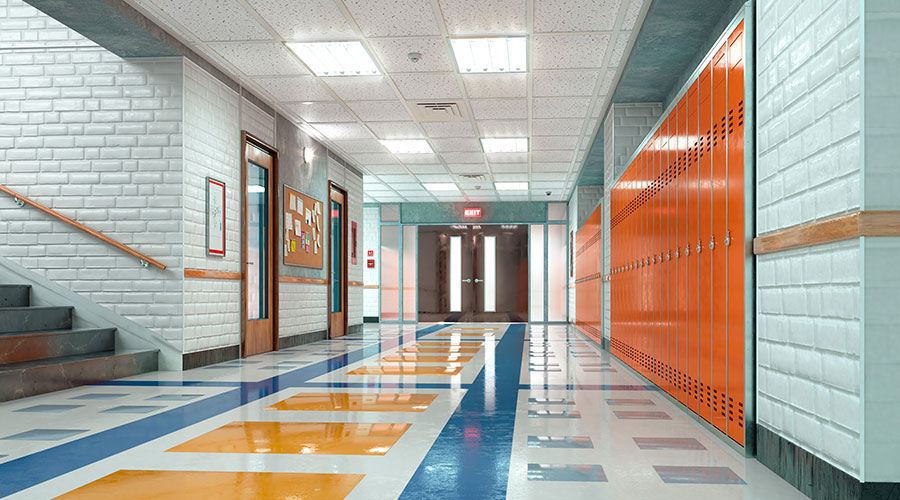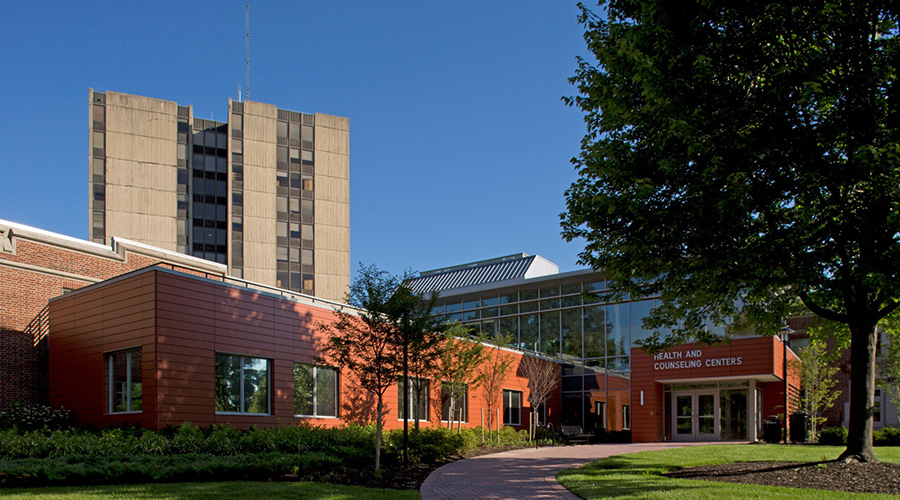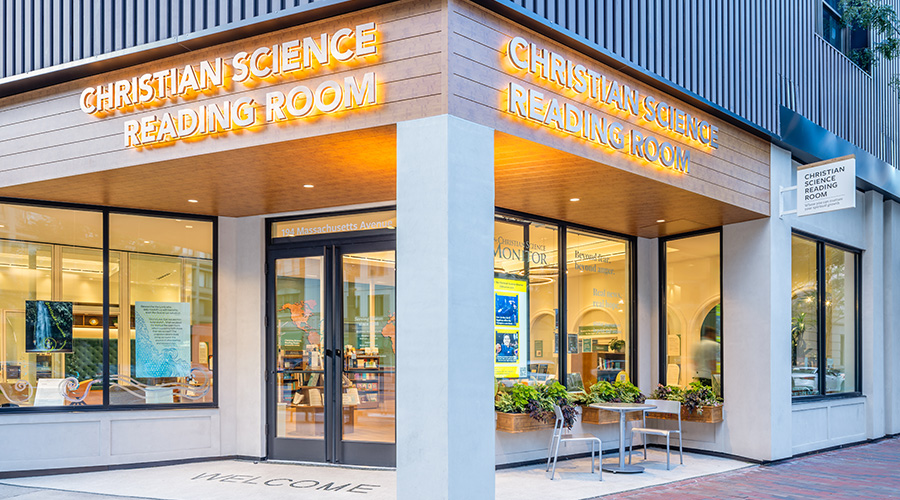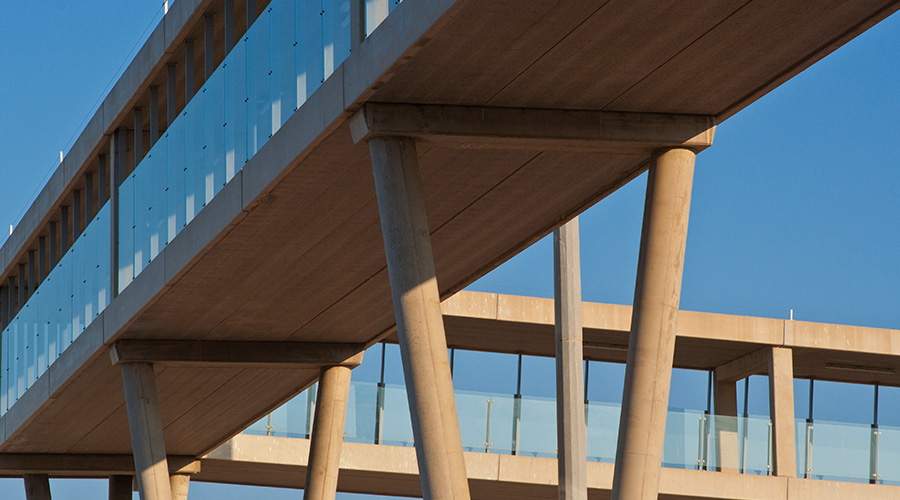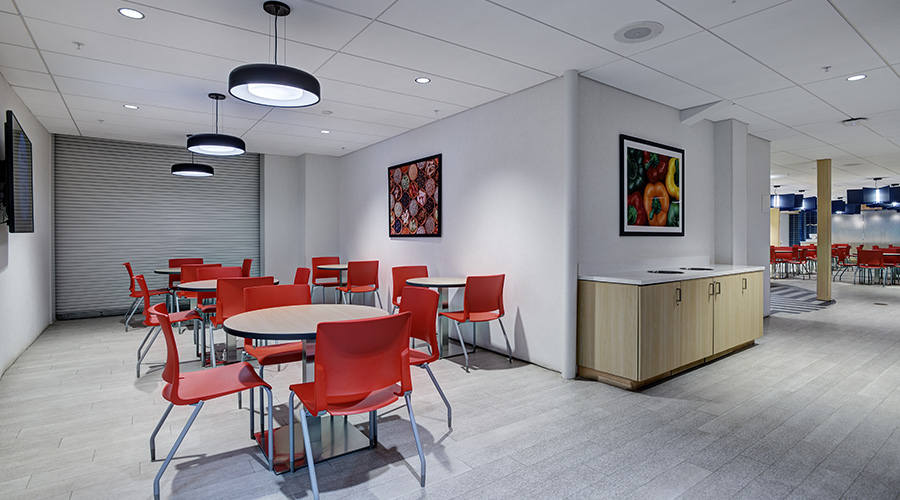Metal Buildings Can Offer Design Benefits and Cost-Effectiveness
Today's economic climate often results in a paradox: On one hand, most facility managers' capital budgets are shrinking. But at the same time, consolidations, mergers, and the burgeoning need, in school districts and health care facilities especially, to service ever-growing populations mean facility managers have to do more with less in terms of both space and money.
One solution that's also growing in popularity is the metal building.
Say it out loud and without any context, and those two words often conjure less-than-flattering images. Usually, people think of all manner of prosaic, boxy, uninsulated buildings: pole barns, construction trailers, auto-repair shops.
But that image can be misleading, say experts, largely because today's metal buildings benefit from technology and design advances not possible 30 years ago.
According to Craig Laurie, senior associate at RBB, metal buildings do still get a bad rap, even today. But early metal buildings — the ones that have corrugated metal facades and that helped generate a certain stigma — are no longer the norm.
"Now it's quite the opposite," he says. "They have a higher finish look, and we can achieve bend radiuses and other architectural features that would be difficult to duplicate with other materials."
Jay Johnson, director of architectural services for the Metal Buildings Manufacturers Association (MBMA), cites another reason.
"Metal building systems are already recognized as some of the most cost effective and sustainable building types available," he says, "There's tremendous potential to increase energy efficiency and save money on both new and existing buildings."
Saving money and saving energy, which are two benefits any building owner should appreciate, go hand-in-hand with metal buildings, say experts.
The bottom line, Johnson says, is that metal buildings provide a measure of sustainability, measurable design benefits, and lower cost considerations when compared to conventional building types.
Choosing Metal
Because of the construction methods used, a metal building can be estimated, designed and built faster than conventional construction, shortening lead times and speeding the ribbon cutting.
That's because many metal buildings have fewer components when compared to conventional construction methods, so the fabrication and construction periods are shorter.
"Once the drawings are accepted, a building can move into the production and shipping processes immediately, saving owners time and money," says Chuck Praeger, MBMA chairman.
Another benefit, particularly for owners in colder climates, is that metal buildings can be enclosed as soon as the bolt-together structure and trusses are in place. That means that workers can continue working on interior projects even if the building isn't complete despite adverse weather outside.
What's more, says Praeger, today's metal building systems have the design versatility to match interior space requirements.
"We can span distances that just weren't possible several decades ago," he says. "Whereas previous designs might require column placement every number of yards, now we can build work bays, practice fields — vast spaces, really — without the interruption of columns."
That wasn't the case in the 1950s and 1960s, Praeger says. But with growth in technology and high-strength steels, architects can suit the building design to any interior requirements.
Related Topics:






